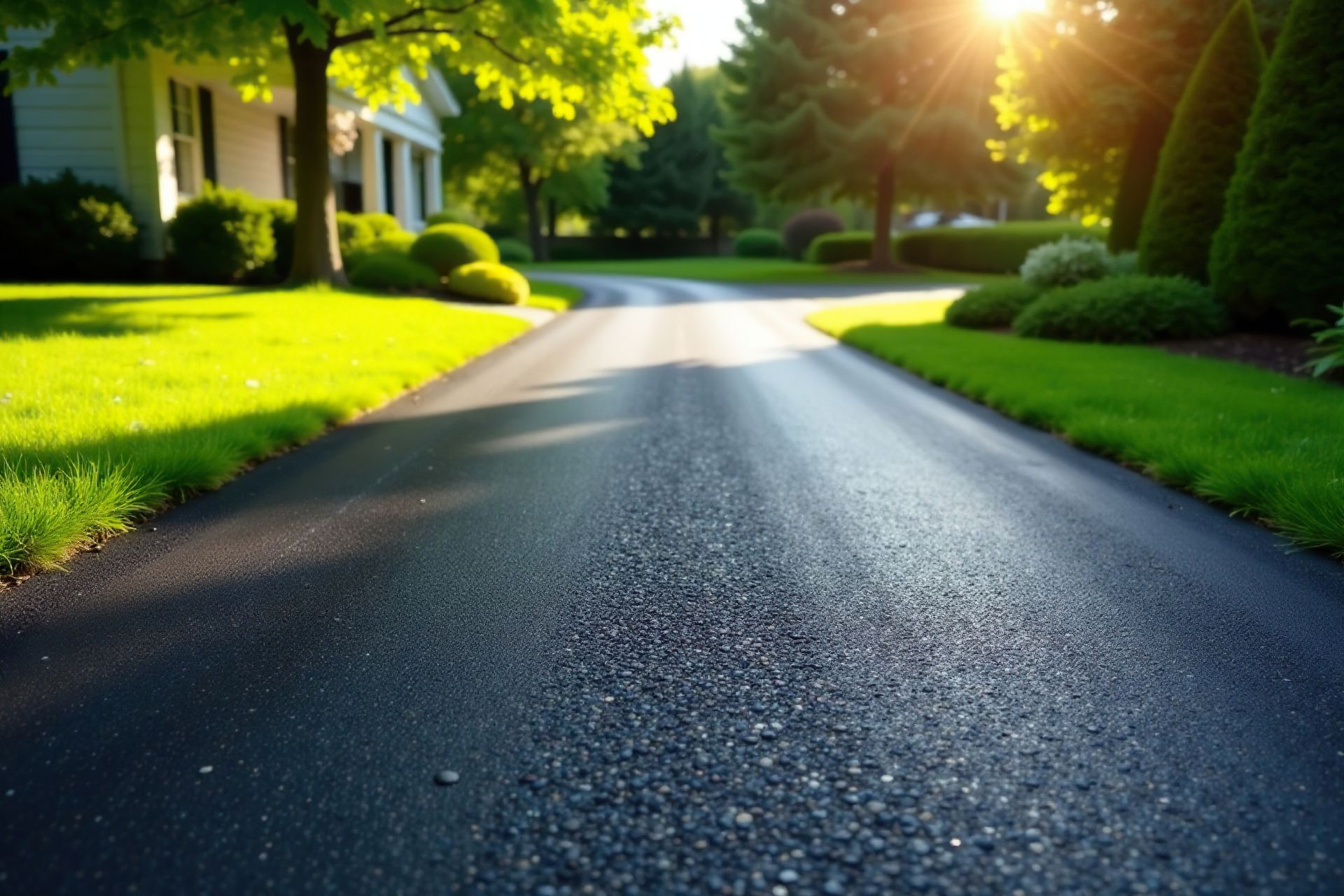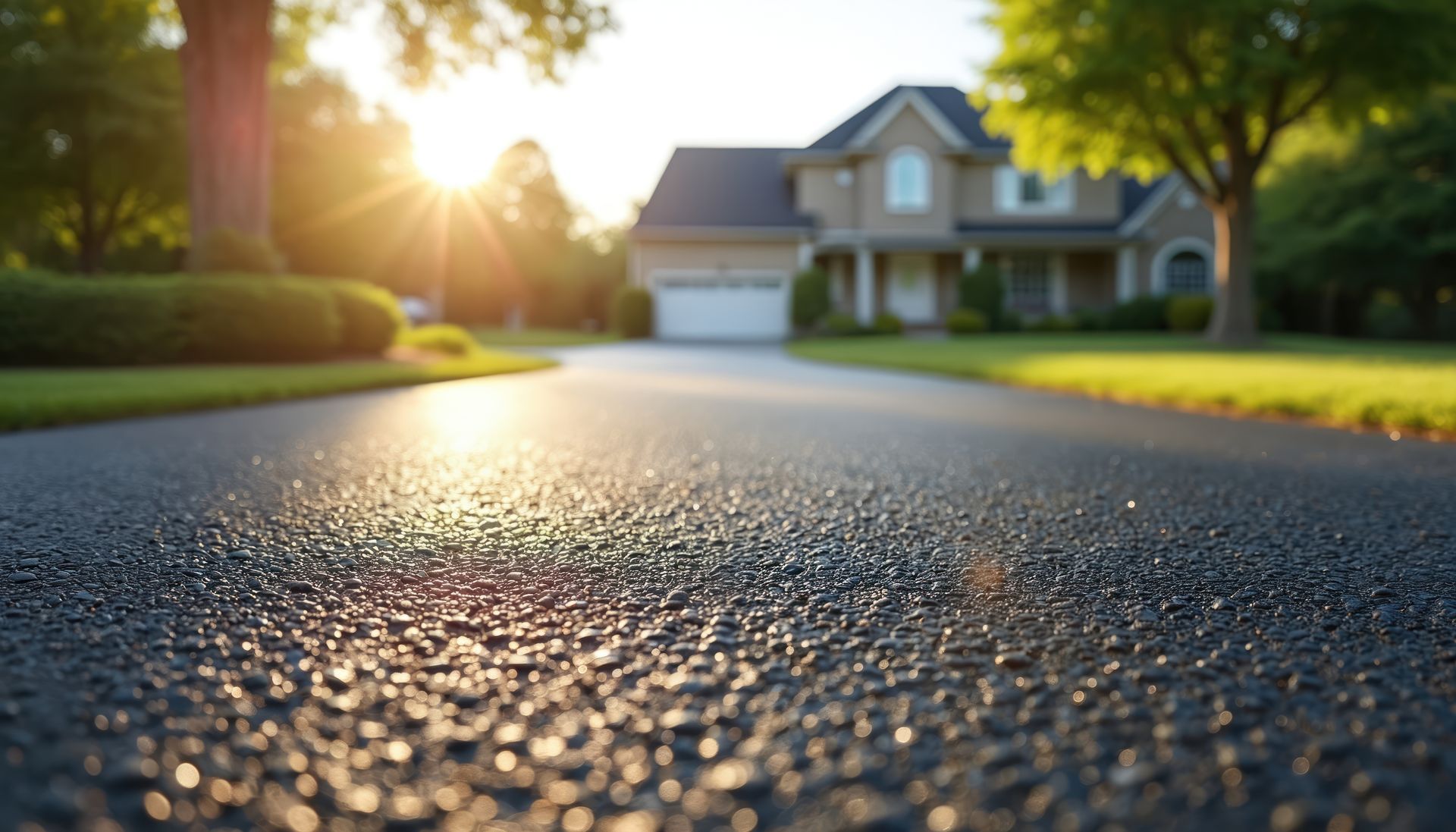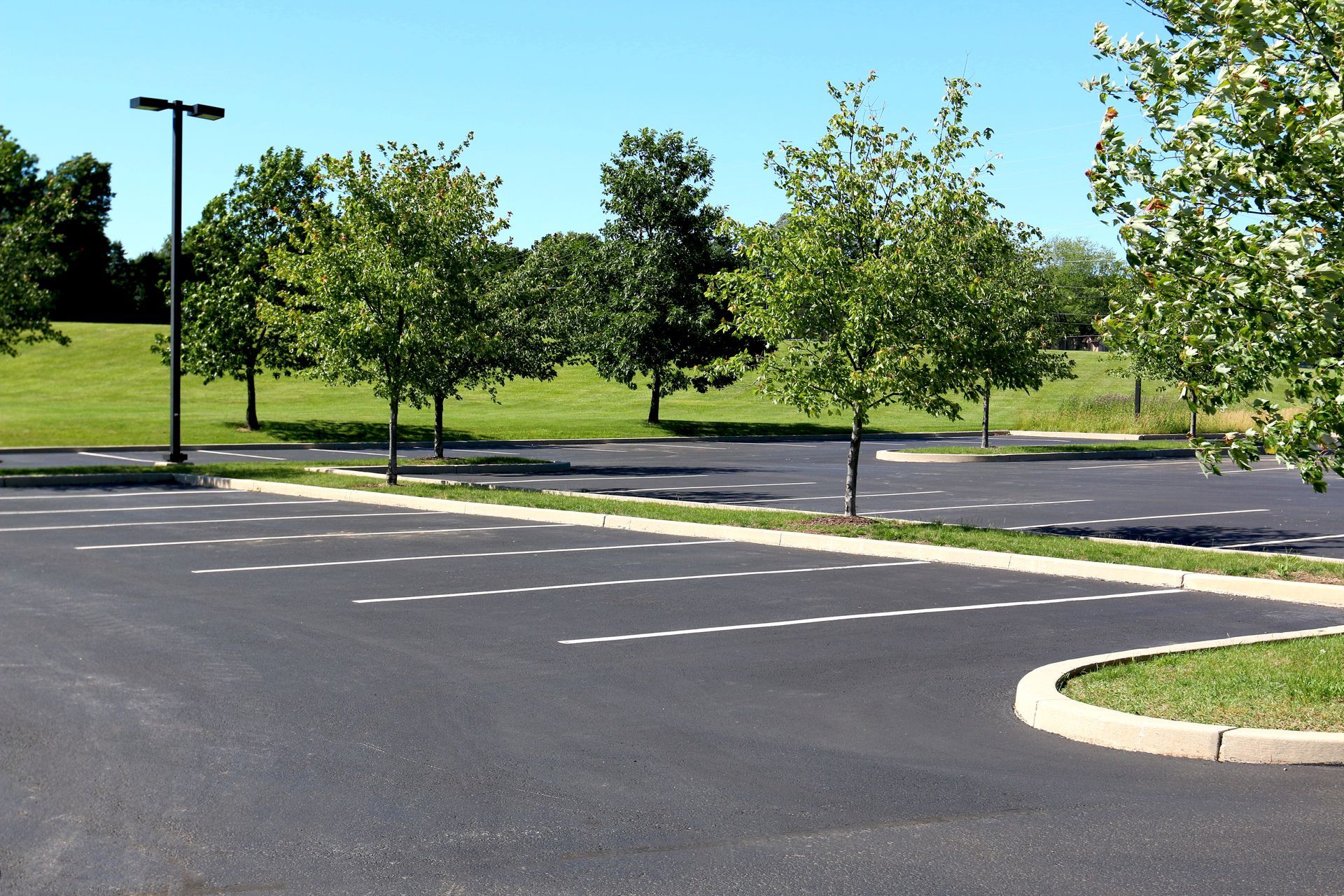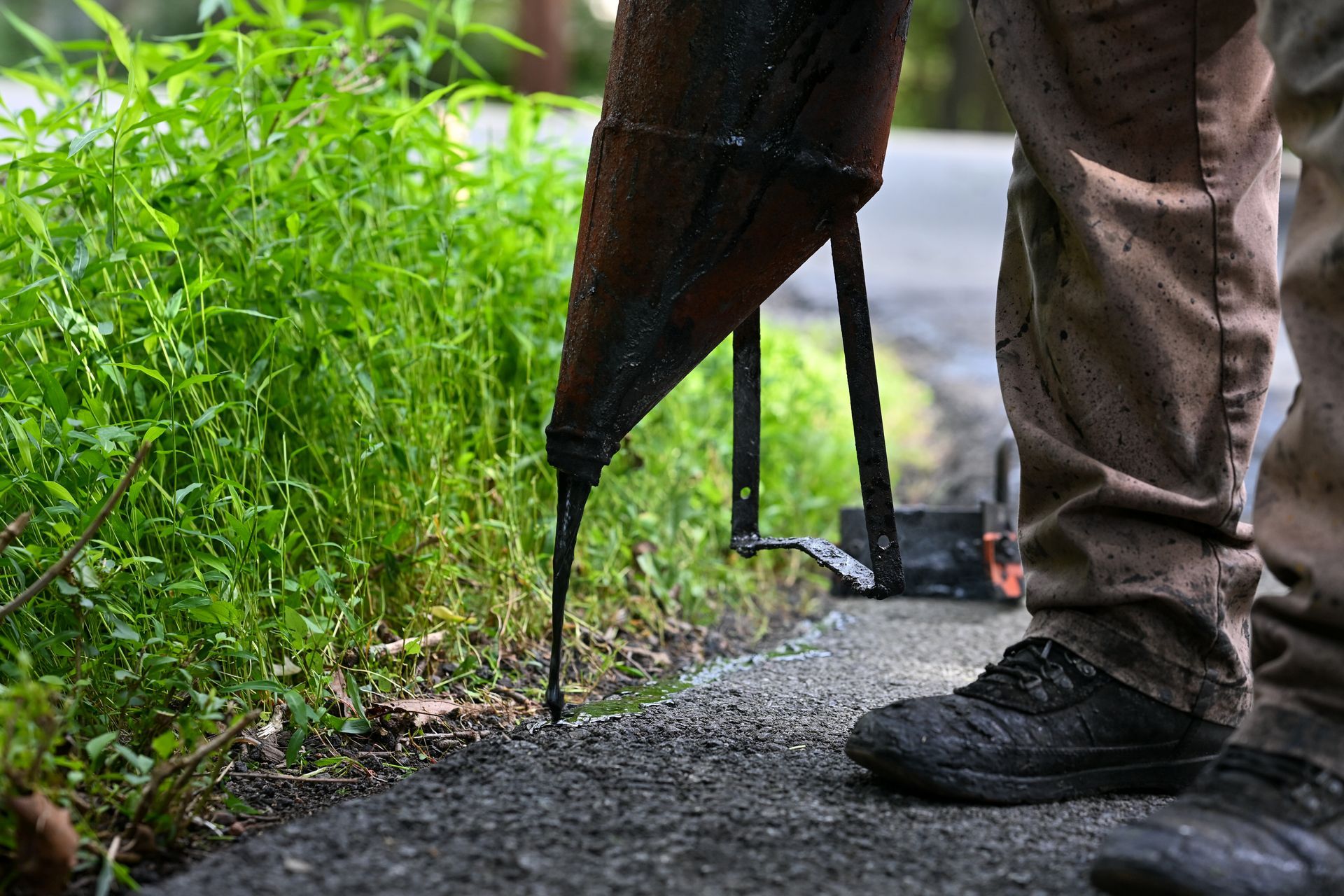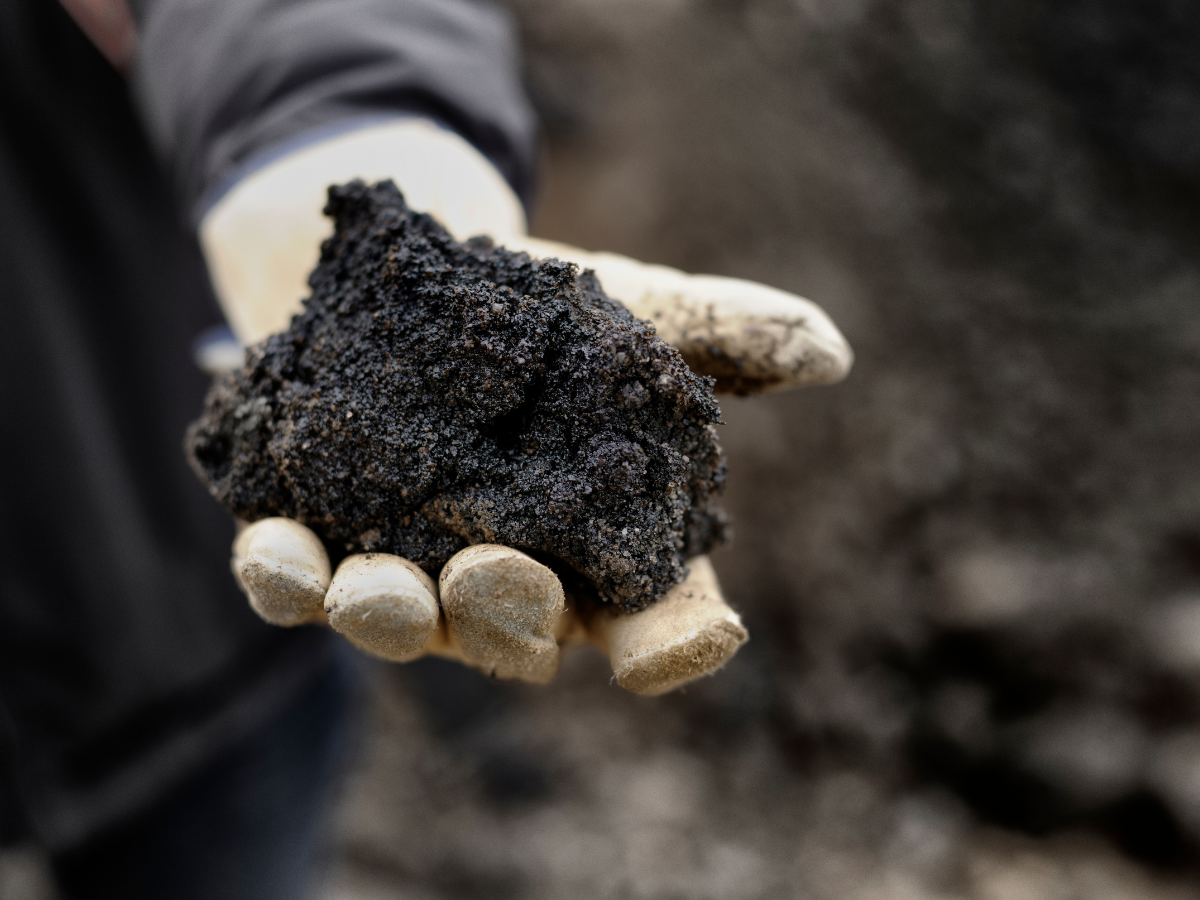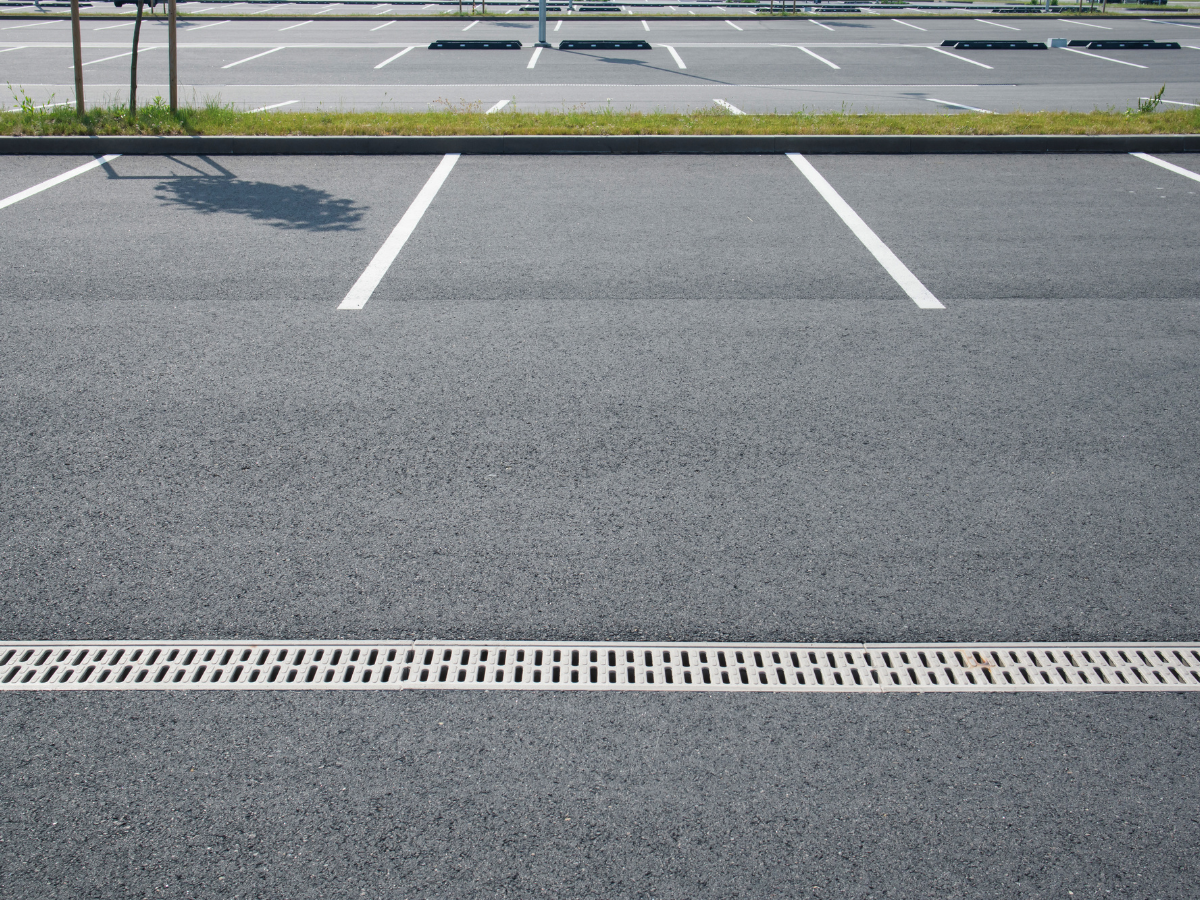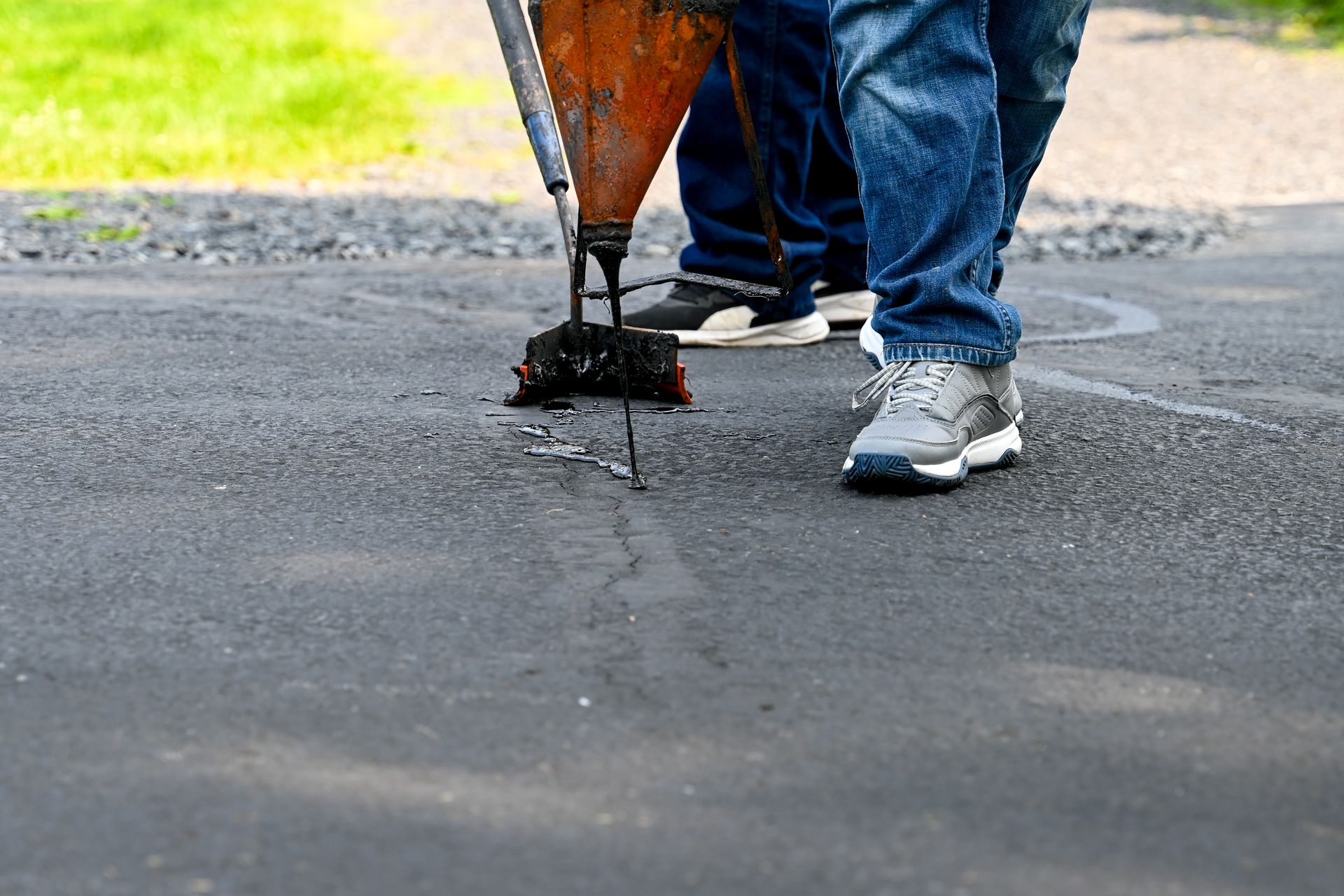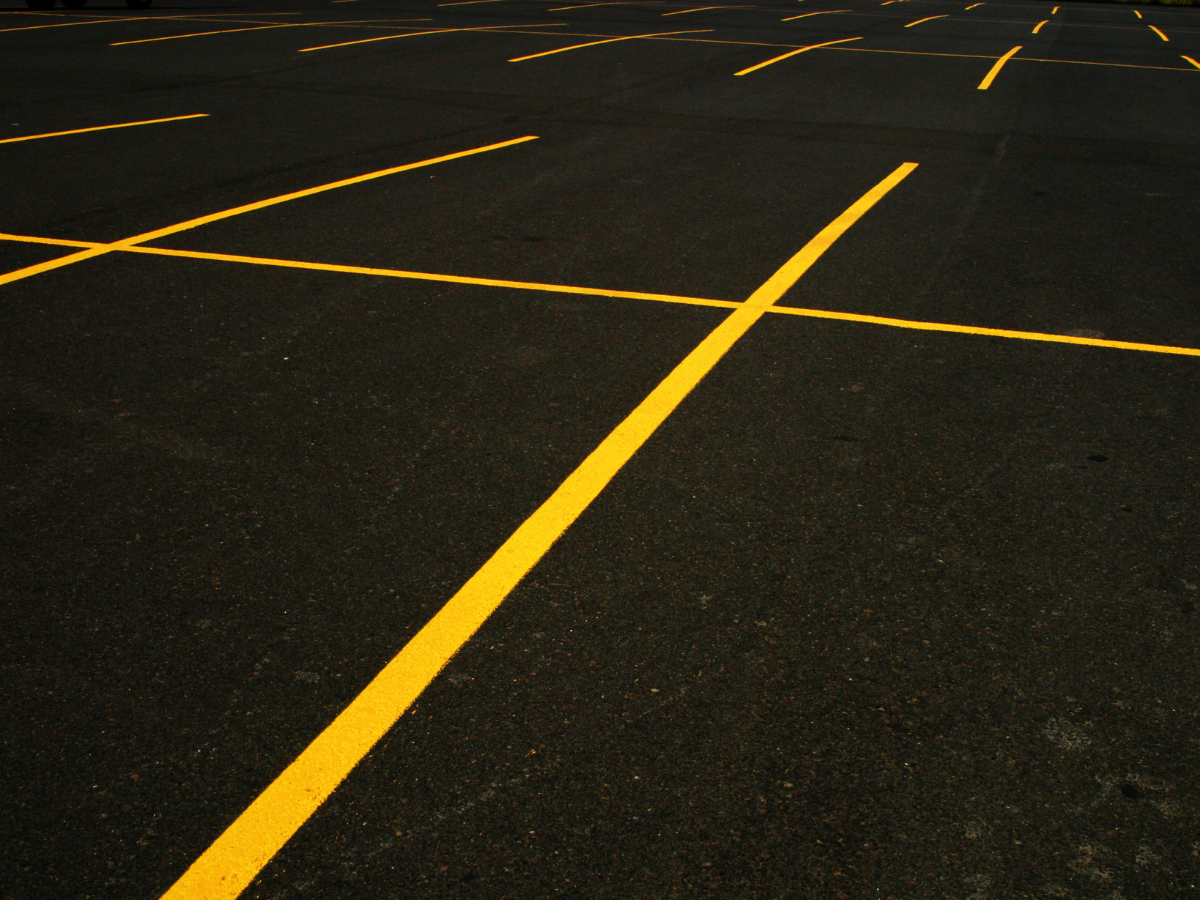Why Spring is the Best Time for Seal Coating Your Driveway
As the cold grip of winter begins to loosen, many homeowners turn their thoughts towards home maintenance and improvement. One task that should be high on your list is seal coating your driveway. But why is spring the best time to seal coat your driveway? Let's dive into the reasons and benefits of tackling this important maintenance task as the flowers begin to bloom.
Understanding Seal Coating
Before we explore why spring is the optimal time, it's essential to understand what seal coating entails. Seal coating is the process of applying a protective layer to your driveway, typically made of asphalt, to protect it from damage caused by the sun, water, and chemicals. This layer helps preserve the asphalt, extending the lifespan of your driveway and maintaining its aesthetic appeal.
Benefits of Seal Coating
Seal coating offers several benefits:
- Protection: It acts as a barrier against damaging UV rays, water penetration, and oil spills.
- Longevity: Regular seal coating can prolong the life of your driveway by preventing cracks and potholes.
- Aesthetic Appeal: A freshly seal-coated driveway looks clean and new, enhancing your home's curb appeal.
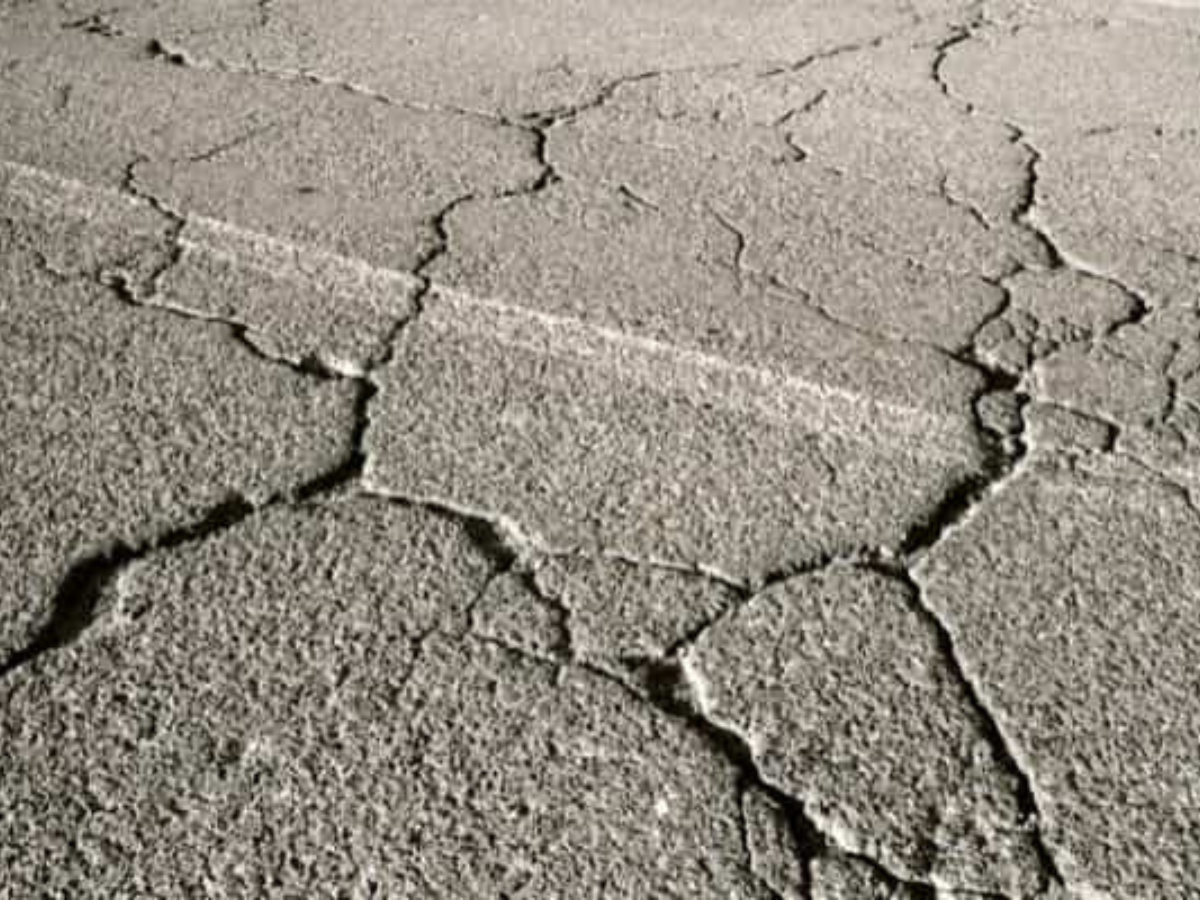
Why Spring is Ideal for Seal Coating
Spring presents the perfect balance of conditions needed for seal coating. Here are some compelling reasons why you should consider this task during the spring season.
Optimal Weather Conditions
Spring offers the ideal temperature range for seal coating. The process requires temperatures to be consistently above 50°F for the sealant to cure properly. During spring, temperatures are mild, avoiding the extreme cold of winter and the scorching heat of summer. This ensures the sealant sets correctly, providing maximum protection for your driveway.
Low Humidity Levels
Humidity plays a significant role in the curing process of driveway sealants. High humidity can slow down or interfere with the curing process, leading to a less durable seal. Spring generally has lower humidity levels compared to the muggy summer months, making it a better time for seal coating your driveway.
Early Damage Prevention
Winter can be harsh on driveways, with freeze-thaw cycles causing cracks and surface damage. By seal coating in the spring, you address any damage caused by winter weather before it worsens. Early maintenance helps prevent small issues from becoming larger, more costly repairs.
Preparing Your Driveway for Spring Seal Coating
Before applying a seal coat, it's crucial to prepare your driveway properly. Here's a step-by-step guide to ensure the best results:
Step 1: Clean the Surface
Start by thoroughly cleaning your driveway. Remove any dirt, debris, or oil stains, as these can prevent the sealant from adhering properly. A pressure washer is an effective tool for this task, ensuring a clean surface for the seal coat.
Step 2: Repair Cracks and Holes
Inspect your driveway for any cracks or potholes. These should be filled with a crack filler or patching compound before applying the seal coat. This step is vital to prevent further damage and to ensure a smooth finish.
Step 3: Choose the Right Sealant
Select a high-quality driveway sealant. Consider factors such as the type of driveway you have and the climate in your area. Some sealants offer additional benefits like UV protection or increased resistance to oil and gasoline spills.
Step 4: Plan for Weather
Check the weather forecast before starting your project. Aim for a clear, dry day with temperatures above 50°F and no rain in the forecast for at least 24 hours after application. This ensures optimal curing conditions for the sealant.
The Seal Coating Process
Once your driveway is prepared, it's time to apply the seal coat. Here's a quick overview of the process:
- Edge the Driveway: Use a brush to apply sealant along the edges of your driveway. This ensures even coverage and protects areas that may be missed by larger application tools.
- Apply the Sealant: Use a squeegee or specialized seal coating brush to spread the sealant evenly across the surface. Work in small sections to maintain control and ensure a consistent application.
- Allow to Cure: After application, allow the sealant to cure for 24-48 hours before using your driveway. Avoid foot and vehicle traffic during this time to prevent damage to the fresh seal.
Conclusion
At NextGen Great Sealcoating, we believe that spring truly is the prime season for seal coating your driveway. With favorable temperatures, lower humidity levels, and the chance to prevent early damage, this season allows for optimal conditions to protect and enhance your driveway. By choosing to seal coat your driveway in the spring, you are not only investing in its longevity and aesthetic appeal but also ensuring that it remains a safe and functional part of your home.
Don't wait for damage to worsen—take action now!
Contact NextGen Great Sealcoating today to schedule your driveway seal coating service. Our expert team is here to provide you with high-quality sealant solutions tailored to your driveway’s needs. Enjoy a beautiful and protected driveway this spring and for many seasons to come!

